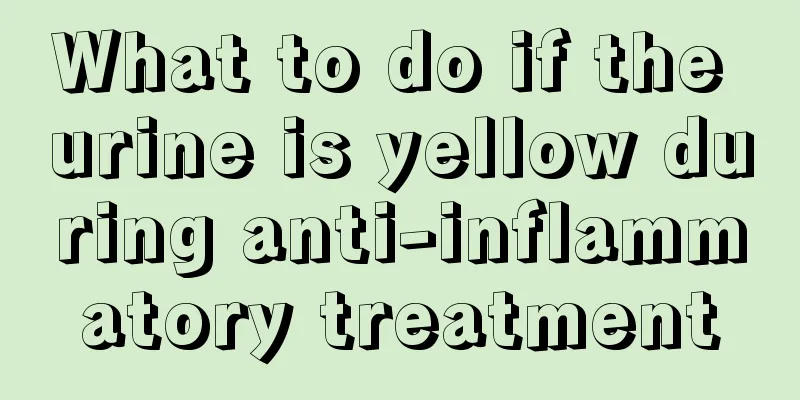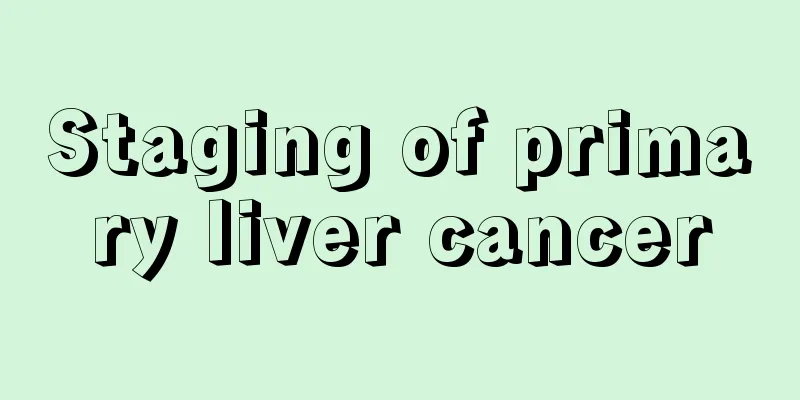How many days after receiving a cefoperazone can I drink alcohol

|
"Take Cephalexin and alcohol, and go when you want", this was a post that went viral in various family groups during the Chinese New Year. I believe everyone is familiar with it. There are also many people who love drinking and think that they can drink alcohol after stopping medication. This idea is completely wrong. Cephalexin will remain in the body for nearly a week, so do not drink alcohol within a week after stopping medication, and do not use cephalexin within a week after drinking. This article introduces the details of this aspect, let’s take a look. How many days after the infusion can I drink alcohol? It is recommended to avoid alcohol within one week, especially after using cephalosporin antibiotics. (Cephalexin is a commonly used antibiotic belonging to the β-lactam antibiotic class) Because cephalosporin antibiotics and ethanol can produce a disulfiram-like reaction, causing convulsions, physical damage or shock, etc. This reaction mainly depends on the metabolic rate of the drug. If symptoms occur, such as facial flushing, chest tightness, difficulty breathing, palpitations, sweating, headache, nausea and vomiting, hallucinations, and low blood pressure, anaphylactic shock may occur in severe cases. Generally, such reactions occur within a week, which means that you should not take ceftriaxone within one week after drinking alcohol. When receiving an infusion, be sure to tell your doctor that you have been drinking alcohol. Or do not drink alcohol within one week after taking ceftriaxone. In addition to not drinking alcohol, you should also avoid taking ethanol-containing medicines (such as Huoxiang Zhengqi Water, Yangyin Qingfei Syrup, etc.), foods (such as seasonings, fermented vinegar, chocolate with alcohol, etc.) and supplements (such as ginseng royal jelly). What is the reaction to drinking after infusion: disulfiram-like reaction Disulfiram-like reaction, also known as disulfiram-like reaction, is a poisoning reaction caused by "acetaldehyde accumulation" in the body after taking drugs (cephalosporins) and drinking beverages containing alcohol (or coming into contact with alcohol). After alcohol enters the body, it is first oxidized into "acetaldehyde" by the action of "alcohol dehydrogenase" in the liver cells. Acetaldehyde is oxidized into "acetaldehyde and acetaldehydease A" by the action of "acetaldehyde dehydrogenase" in the mitochondria of the liver cells. Acetic acid is further metabolized into carbon dioxide and water and excreted from the body. Because some chemical structures contain "methylthiotetrazolyl side chain", the activity of acetaldehyde dehydrogenase in the mitochondria of liver cells is inhibited, so that acetaldehyde cannot be further oxidized and metabolized after it is produced, thereby leading to the accumulation of acetaldehyde in the body and the occurrence of a disulfiram-like reaction. Disulfiram is an alcohol abstinence drug. After taking this drug, even drinking a small amount of alcohol will cause severe discomfort in the body, thus achieving the purpose of quitting drinking. In 1948, Jacobsen and others in Copenhagen discovered that disulfiram, a vulcanization catalyst for rubber, can cause facial flushing, headache, abdominal pain, sweating, palpitations, and difficulty breathing after being absorbed by the human body in trace amounts. The symptoms are especially obvious after drinking. People call the symptoms that occur after drinking alcohol after exposure to disulfiram a disulfiram-like reaction. Clinical manifestations of disulfiram-like reactions Drinking alcohol (or coming into contact with alcohol) during medication may cause symptoms such as chest tightness, shortness of breath, laryngeal edema, cyanosis of the lips, difficulty breathing, increased heart rate, decreased blood pressure, weakness in the limbs, facial flushing, sweating, insomnia, headache, nausea, vomiting, dizziness, drowsiness, hallucinations, trance, and even anaphylactic shock, with blood pressure dropping to 60-70/30-40 mmHg, accompanied by loss of consciousness. It is easy to misdiagnose as acute coronary syndrome, heart failure, etc. In addition, the severity of disulfiram-like reactions is positively correlated with the dose of the drug and the amount of alcohol consumed. The reaction to drinking liquor is more serious than that to beer, alcoholic beverages, etc., and the reaction to drinking during medication is more serious than that after stopping medication. What to do if a disulfiram-like reaction occurs The following nursing measures should be taken for patients with disulfiram-like reactions and anaphylactic shock: (1) Rest in bed. Patients in shock should adopt a “V” position. (2) Keep the airway open and provide oxygen inhalation at 4 to 6 L/min to improve tissue hypoxia. (3) Establish an intravenous access and give dexamethasone 5-10 mg in glucose solution by intravenous drip or push as directed by the doctor, rehydrate and provide diuretics, and give vasoactive drugs according to the patient's condition. (4) Treat symptomatically. If the patient has nausea and vomiting, 10 mg of metoclopramide can be given intramuscularly; if the patient is drowsy and unconscious, naloxone can be given for countermeasure treatment. (5) Emergency equipment and medicines should be available at the bedside, such as defibrillators, suction pumps, tracheotomy and venous incision kits, respiratory stimulants, diuretics and other emergency medicines. (6) Closely observe the patient's consciousness, body temperature, pulse, respiration, heart rate, heart rhythm, blood pressure, urine volume and other clinical changes, and keep nursing records of the patient's condition. Note: Not all cephalosporins are dangerous There are many types of cephalosporins, and not all cephalosporins will produce a disulfiram-like reaction when used together with alcohol. Only cephalosporins containing a thiomethyltetrazole group will have a disulfiram-like reaction. In addition, in addition to Huoxiang Zhengqi Water, cephalosporin drugs should also be avoided when taking Shidi Shui and Zhenggu Shui. Also, in addition to cephalosporins, floxacins, metronidazole and other drugs, you should also avoid alcohol, which can also cause diabetic reactions. Tips It is generally recommended to wait one week after the infusion before drinking alcohol. But this depends on each individual. Some people may have a slight reaction when drinking alcohol two days after taking cefuroxime, but there will be no reaction on the third day. If you drink alcohol first, it mainly depends on your metabolic rate. If you metabolize quickly and the alcohol is basically metabolized, there will be no problem if you take cefuroxime. This is because the mechanism of cefuroxime is mainly that cephalosporin hinders the conversion of acetaldehyde, a product of alcohol metabolism, into acetic acid, leading to cumulative acetaldehyde poisoning. However, it is best not to drink, as it is harmful to some extent. If you are really addicted to alcohol, drink less and see how it reacts. This is gambling with your life, so it is best not to drink. |
>>: Effects and efficacy of cephalosporin injection
Recommend
What are the examination methods for early diagnosis of nasopharyngeal carcinoma
Since the nasopharynx is located at the back of t...
What are the best and simple ways to clear stool?
Everyone knows that our body metabolizes througho...
Uses of acrylamide
Acrylamide, if you are not a professional, it sou...
Can applying ginger powder to the navel help lose weight?
Ginger is a very common ingredient in our lives a...
Salicylic acid acne treatment
Acne is a major concern for many people. They try...
What are the symptoms of early and late stage lung cancer
Lung cancer is a disease name used in both Chines...
Can mangoes be stored in the refrigerator? How should mangoes be stored?
Eating more fruits is good for your health, and m...
What should I do if my aspartate aminotransferase is too high?
If the aspartate aminotransferase level is high, ...
Are scale insects harmful to humans?
With the development of succulents in recent year...
What is the reaction to having uterine cancer
Why are there so many diseases that harm women in...
Can eating less meat prevent colon cancer? To prevent colon cancer, you need to do 3 things
Cancer is the leading cause of death and has a ve...
How long can a non-keratinized nasopharyngeal carcinoma patient live
How long can a non-keratinized nasopharyngeal car...
What does ctc detect
The English name of CTC is Circulating Tumor Cell...
How to cool down quickly without air conditioning
Air conditioning is indispensable for many people...
Look at the pictures of tongue cancer to enhance prevention awareness
In real life, the number of people suffering from...









